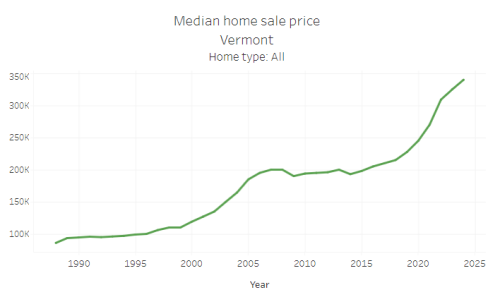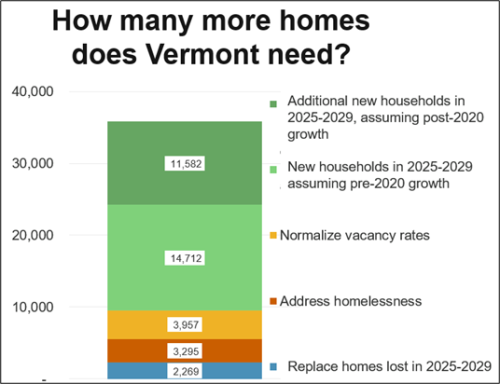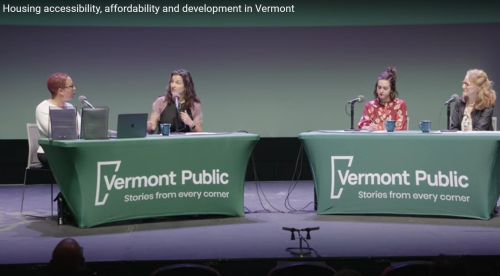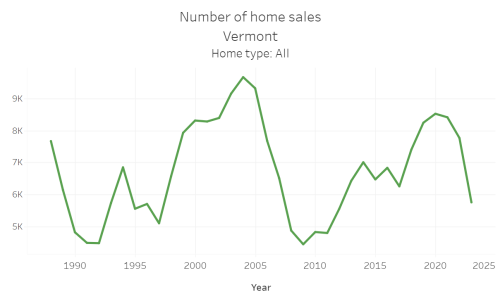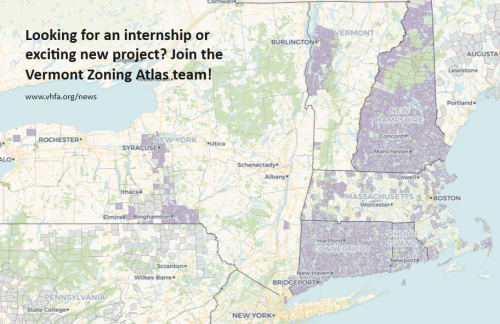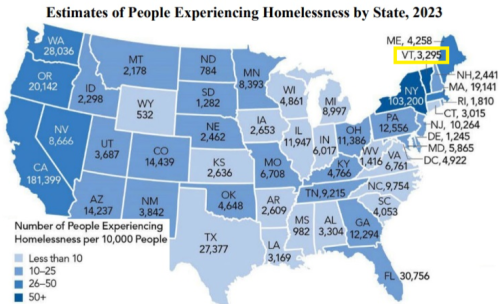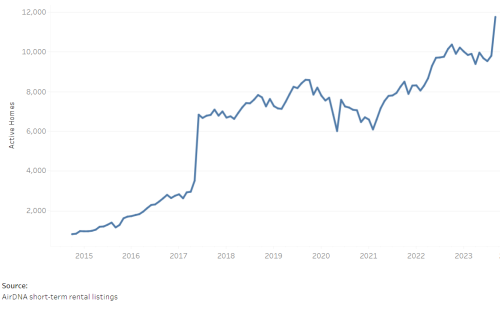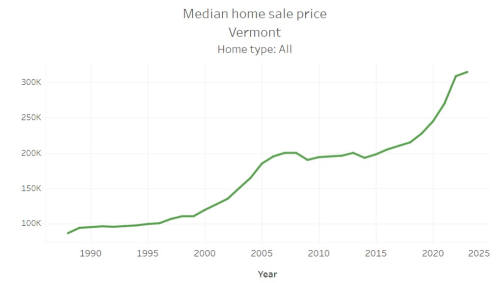New Vermont Property Transfer Tax (PTT) data shows recent trends in the home sale market have continued in the first half of 2024. During that time, the median sale price of year-round homes increased an additional 5%, compared to the median price of $325,000 in 2023. At the same time, the median length of days a Vermont home is on the market for sale has remained at a historic low point, suggesting demand to buy homes in Vermont remains high despite increasing sale prices.
Vermont's 2025-2029 Housing Needs Assessment Completed
Last week the Vermont Department of Housing and Community Development (DHCD) announced the publication of the Vermont 2025-2029 Statewide Housing Needs Assessment, a five-year document the U.S.
Can off-site construction create more affordable homes in Vermont?
A consortium of Vermont housing and community development partners are assessing the Vermont landscape for off-site construction (including panelized construction), modular, and manufactured home initiatives. As local and state policy makers take steps to meet housing needs, the potential of advanced construction approaches continues to draw significant interest. Advocates point to benefits in terms of cost savings, labor, volume, climate and design and building standardization.
ICYMI: Watch NPR's "1A" show on Vermont's housing crisis
A recording of the NPR show "1A" with Jenn White focused on the challenges of Vermont's housing landscape is now available through Vermont Public.
Vermont primary home sale prices increase by 5% during 2023, number of homes sold decreases by 26%.
The median sales price of primary homes sold in Vermont reached $325,000 in 2023, increasing by 5% during that period compared to the prior year, according to recent Vermont Property Transfer Tax (PTT) records. This continues a trend in which no county in Vermont has seen a decline in annual home sale prices since 2019.
Looking for an internship or exciting new project for 2024?
Join the Vermont Zoning Atlas team and help uncover keys to big challenges like housing affordability and availability. Paid positions for both graduate and undergraduate students are available. These generally entail 10-20 hours each week and last for at least a semester (or the summer), with potential academic credits for an internship or independent study.
Rate of homelessness in Vermont remains 2nd highest in U.S. in 2023
The rate of homelessness in Vermont was 2nd highest in the U.S., according to the 2023 Annual Homelessness Assessment Report released by HUD last week.
New data shows continued increase in Vermont short-term rentals
New data on Vermont’s short-term rental (STR) market now available on HousingData.org shows a continued increase, up to 11,747 homes statewide in September 2023. Additionally, historic data has been added to the site, now displaying monthly figures, starting in October 2014.
First Generation Homebuyer Program Update
The State of Vermont has renewed funding for the First Generation Homebuyer Program. Originally released as a pilot program in 2022, the program is now widely available and offers eligible homebuyers a $15,000 grant to help with down payment and closing costs.
Vermont home prices continue increasing in first half of 2023
The median sales price of primary homes sold in Vermont continued increasing in the first half of 2023, reaching a median value of $315,000 for homes sold during that period, according to recent Vermont Property Transfer Tax (PTT) records. This continues a trend in which no county in Vermont has seen a decline in annual median home sale price during the period from 2019-2022.

